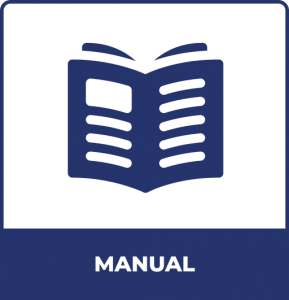The main focus of the handbook is female prisoners and guidance on the components of a gender-sensitive approach to prison management, taking into account the typical background of female prisoners and their special needs as women in prison (chapters 1 and 2).
Two special categories of female prisoners have been included in this section of the handbook: pre-trial detainees and foreign national women (chapter 2, sections 11.1 and 11.2). These two groups were selected because their vulnerability and special needs are particularly pronounced due to the cumulative effects of their status and gender.
For other groups, such as women prisoners from ethnic and racial minority groups and indigenous peoples, older women prisoners, women with disabilities and women under sentence of death, the reader should refer to the UNODC Handbook on Prisoners with Special Needs, which covers the needs of such prisoners, men and women.
Reference will need to be made to both handbooks, when dealing with the situation of such categories of female prisoners. This handbook also does not cover issues relating to girls in conflict with the law, even though it contains a short chapter on girls in prisons. The reason for that is that juvenile justice should be separate from adult criminal justice and that girls’ needs as a vulnerable group in prison differ from women’s needs.
Introduction
1. The special needs of female prisoners
- Challenges in accessing justice
- History of victimization and mental healthcare needs
- Gender-specific healthcare needs
- Safety in prisons
- Accommodation and family contact
- Pregnancy and women with children
- Post-release reintegration
2. Management of women’s prisons
- Gender-sensitive prison management
- Staff
- Assessment and classification
- Safety and security
- Prisoner activities and programmes
- Healthcare
- Access to legal assistance
- Contact with the outside world
- Preparation for release and post-release support
- Pregnant women and women with children in prison
- Special categories
3. Reducing the female prison population by reforming legislation and practice: suggested measures
- Legal assistance on arrest
- Diversion from prosecution
- Pre-trial detention
- Sentencing
- Discriminatory legislation and trial procedures
- Foreign national women
Management of women’s prisons: key recommendations
Reducing the female prison population: key recommendations
References
UNDOC
UNODC (2008). Handbook for Prison Managers and Policymakers on Women and Imprisonment. United Nations Office On Drugs And Crime, Vienna.



